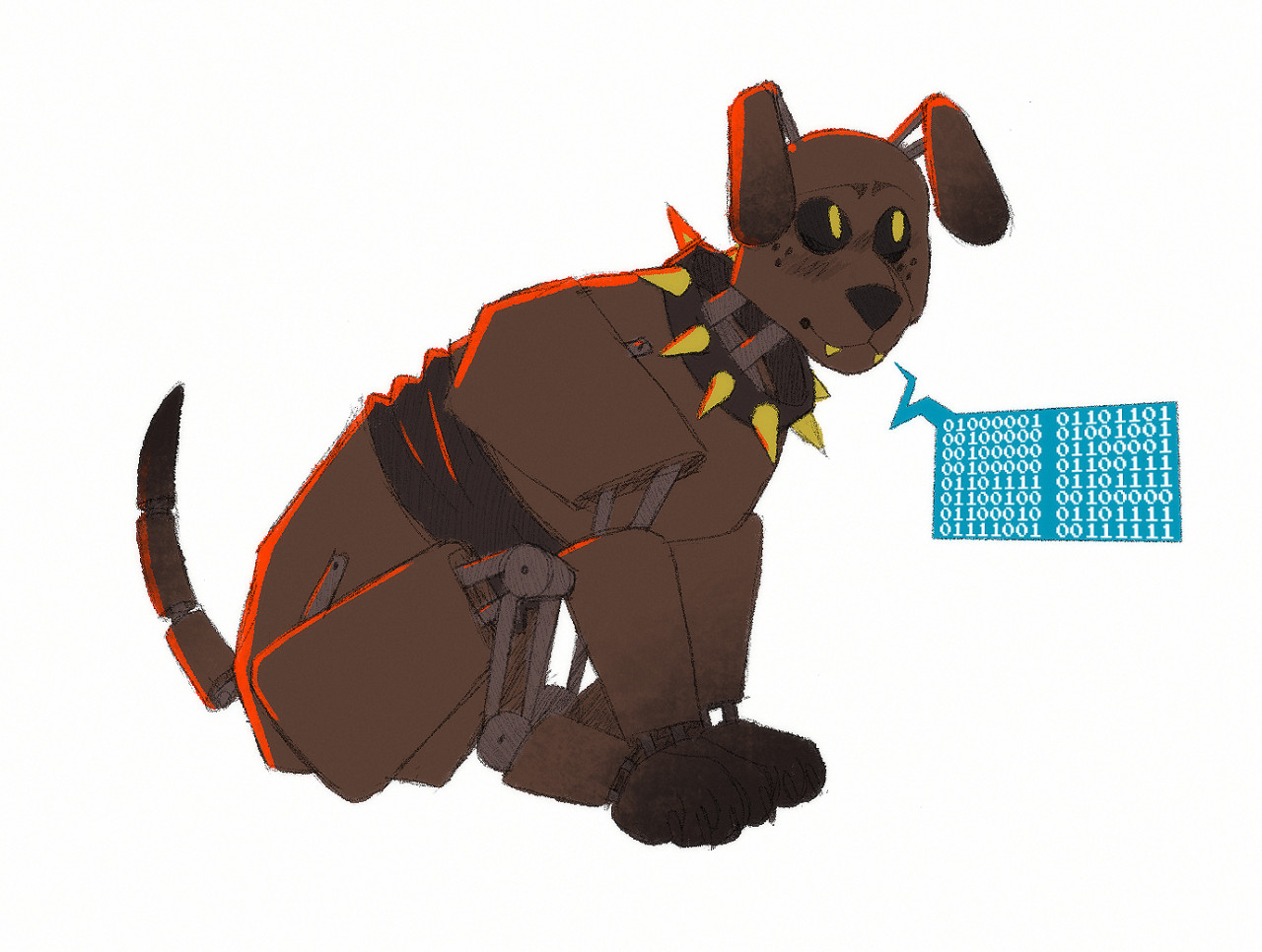

We are mostly doing the screening of our organic material in collaboration with the University of Manitoba. Any improvement we can make like a lower oil level, higher beta glucan levels and higher protein levels is really critical for a milling oat cultivator. And we’re looking at the milling quality traits. Because organic farmers have limited protection or capabilities to combat diseases, we focus on the genetic resistance for disease. We’re also looking at the disease resistance, particularly resistance to crown rust, stem rust and smut and especially FHB (fusarium head blight). That’s the first real breeding focus I had with the organic line–to have large seeds because I thought they might have another advantage to outcompete the weeds if they could get a good jump on the growing season and if they could have lots of resources in the seed to support a bigger more vigorous plant. Well, we want to have a line that gets out of the ground quickly. Jennifer, what specific traits do you want to develop in the organic cultivars? This means, we don’t necessarily have to test in the field, we can test them in the early generations from F1 to F14/15 to make sure they have those genes present those molecular markers. We’re just using DNA markers to identify the specific genes that we hope are in the progeny. We are doing some molecular marker work that includes the organic breeding material, but that’s not genetic engineering. So, as a breeder, you throw away a lot of your babies. Now, that’s another trait of the breeder: you have to be willing to throw away the babies if they don’t meet the mark or do what you are expecting they should have done. Then there’s several generations that we have to grow to test those lines, the babies from that crop, to see how they perform. We cross our fingers and hope we get seed produced out of that crop. We take the pollen from the male parent and dust it on the female parts of the female plant. We’re taking notes and we’re making crosses, specifically AAC Oravena and AAC Kongsore, to see if we can improve their traits and make them better performers for the producers and for the milling industry.

We can make some selection for better parents, because we’ve got several years of testing these breeding lines under organic management. We select parents that we think will perform well under our organic management. You are a traditional breeder, not using any genetic engineering to develop a new organic trait.
#Download fetch art how to
It’s taken a lot of learning to figure out how to produce the certified seed. With Oravena, the first one we developed, and the first organic cultivar in Canada, nobody knew how to handle that one. As you said, how long does it take, 15 years, before you can see what your cultivar produces?Īt least 13 to 15 years, maybe 16 or 17 years, depending on how long the certified seed production takes. Well this is a nice explanation and I think patience is needed. You have to try to stay ahead of all of that patience and fortune-telling is maybe part of it. Maybe, you have to have a bit of a crystal ball or be able to tell fortunes because you need to know 16 years ahead of time what the farmers or the environment or the milling industry or the consumers are going to want down the road. You have to wait for it to grow before you can see what the results will be. Patience is a very big part of it because you can’t control the weather or the length of the season, and the crop has to grow for three to four months in the fields. What are the qualities of a competent breeder? Is it patience? I cannot imagine how patient you need to be. Jennifer you have a vast experience in plant breeding, but when I hear that it takes from 10 to 13 years to develop and register a variety, and even more for the production of certified seeds. Jennifer Mitchell Fetch, our veteran organic cluster researcher.įine. My name is Nicole Boudreau from the Organic Federation of Canada, I am so pleased to interview Dr. Mitchell Fetch has crafted these cultivars under the Organic Science Clusters 1, 2 and 3. AAC Oravena and AAC Kongsore are licenced to Grain Millers, a milling company in Saskatchewan. Seventeen years later, two organic cultivars have been registered. She started her work in 2003 at the University of Manitoba and trials continue at the Glenlea Research Station Project. Jennifer Mitchell Fetch decided to address their concerns. When organic producers expressed their concerns that every oat cultivar registered for commercial production in Canada had been developed under the conventional management, Dr.


 0 kommentar(er)
0 kommentar(er)
